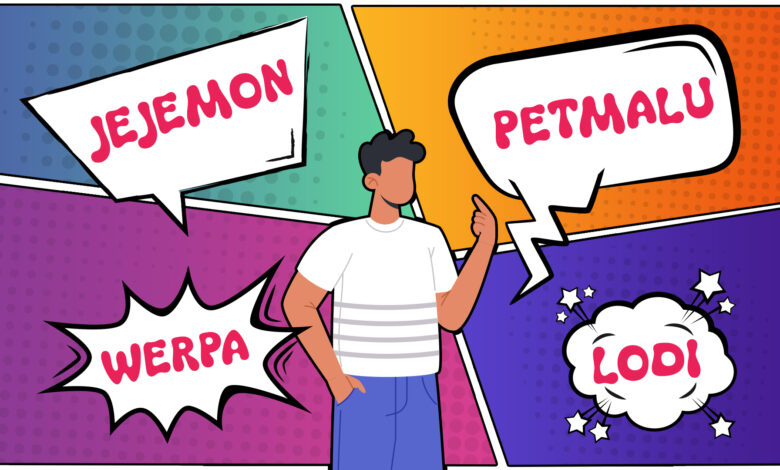
Pinoy Slang Timeline: Iconic Words in Every Era
Language isn’t just about grammar—it’s about personality. And no one gives language more personality than Filipinos. Whether we’re inventing words, flipping syllables, or borrowing from pop culture, Pinoy slang is proof that our way of talking evolves as fast as our trends.
This Buwan ng Wika, let’s take a nostalgic (and slightly hilarious) journey through the slang of each era, and see how each generation leaves its mark.
1970s–1980s: Astig, Chibog, and Diskarte
In the days of bell-bottoms and jeepney disco lights, astig wasn’t just about being “cool”—it was a badge of respect. “Diskarte” meant you knew how to navigate life’s challenges, whether in love, work, or street games. “Chibog” was your everyday call to eat, and “tsikot” gave your car some attitude. This was the golden age of streetwise Pinoy slang, where words were short, punchy, and carried a backstory.
1990s: Jologs vs. Sosyal
Welcome to the rivalry era. If your style was trendy and high-class, you were sosyal. If it was outdated or “baduy,” you risked being called jologs. The ‘90s also embraced Taglish in full force—TV and radio hosts peppered shows with “as in,” “you know,” and “grabe!” This was also when pop culture and OPM lyrics shaped Pinoy slang, turning song hooks into barkada banter.
READ: 7 Deep Pinoy Words To Enrich Your Vocabulary
2000s: Jejemon and Text Talk
Suddenly, everybody had a Nokia, and the text revolution began. “Gud AM poWz!” wasn’t bad spelling—it was Jejemon code. Numbers replaced letters, random capitalization became an art form, and emoticons like ^_^ ruled our inboxes. Words like “LOL”, “BRB”, and “OMG” weren’t just typed; they were actually spoken. This tech-driven era of Pinoy slang blended global internet terms with uniquely Filipino humor.
2010s: Petmalu, Werpa, and Lodi
Social media gave birth to playful word flips. “Petmalu” (malupit) and “werpa” (power) spread like wildfire, while “lodi” (idol) became the ultimate compliment. Viral memes could launch a slang word in the morning and make it old by night. Slang was fast, fun, and flexible—just like the internet.
2020s: Stan Culture, Lowkey, and “Push Mo ’Yan!”
Today’s slang is borderless. We stan K-pop groups, feel lowkey proud about achievements, and drop “periodt” for emphasis. Gaming terms like “GG” and “OP” mix with old reliables like “charot” and “push mo ’yan!”.
Most Iconic Pinoy Slang by Decade
📻 1970s–1980s – Astig, Diskarte, Chibog, Tsikot, Erpat/Ermat
📺 1990s – Jologs, Sosyal, Baduy, Grabe, As in!
📱 2000s – Jejemon spelling (H3ll0h PoWz!), LOL, BRB, OMG, ^_^
💻 2010s – Petmalu, Werpa, Lodi, Paasa, Hugot
📲 2020s – Stan, Bias, Lowkey, Periodt, Push mo ’yan!
Why We Keep Changing the Way We Talk
Slang is like fashion—you wear what fits the moment. It reflects the technology we use, the music we love, the shows we watch, and even the memes we laugh at. This Buwan ng Wika, let’s remember that Pinoy slang isn’t “ruining” our language—it’s making it ours. And if history tells us anything, it’s that the next big Filipino slang is just one viral post away.




